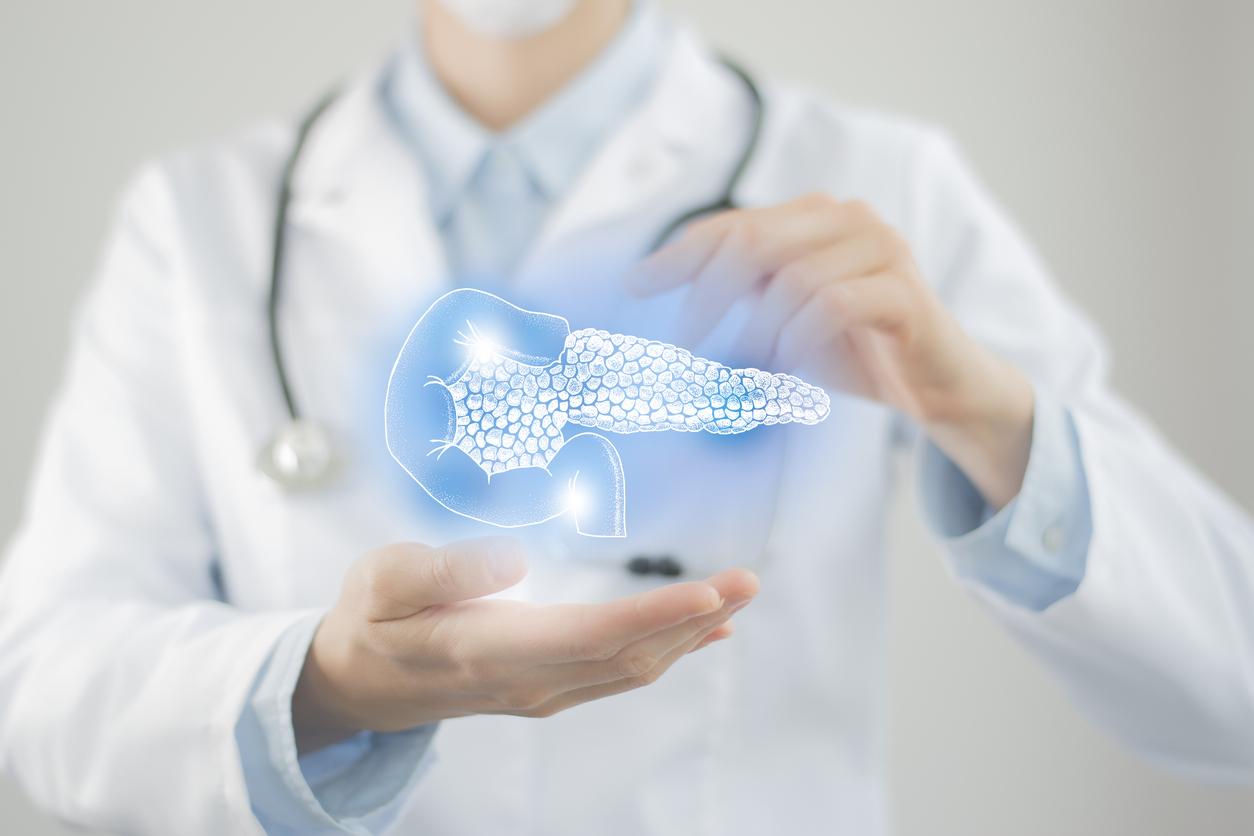The cellular mechanisms involved in pain perception are different in men and women, which could explain the differences in pain perception between the two sexes, according to a new study.

- Scientific research suggests that men and women are not equal when it comes to pain perception. According to a new study, this may be linked to nociceptors, the specialized nerve cells that give the alert and produce a pain message.
- The researchers found that “what changes the thresholds for nociceptor activation can be completely different” in males and females, both animals and humans. In other words, “there are male nociceptors and female nociceptors,” which had never been recognized before.
- Ultimately, these findings could lead to more effective treatments for pain disorders in both men and women.
Scientific research suggests that men and women are not equal when it comes to the perception of pain, but why such a difference? A team of researchers from the University of Arizona in the United States has just highlighted, for the first time, the biological mechanisms behind this gap in perception between the sexes.
According to their work, published in the journal Brainthis would be linked to nociceptors: these specific nerve cells which give the alert and produce a painful message would simply be “different in men and women”we can read in a communicated.
Differences in nociceptors, the pain nerve cells
To reach this conclusion, the research team studied the excitability of nociceptor cells located near the spinal cord in the dorsal root ganglion. Nociceptors, when activated by damage or injury, send a signal to the brain through the spinal cord that results in the perception of pain. For example, touching a hot pan is a high-intensity stimulus, while a shirt collar rubbing a sunburn is low-intensity, but both produce the perception of pain. Analgesics work by normalizing the activation threshold of nociceptors, thereby blocking pain.
The researchers used tissue samples from male and female mice, nonhuman primates and humans to test the effect of two substances – prolactin (a hormone responsible for producing breast milk) and orexin B (a neurotransmitter that promotes wakefulness) – on the activation thresholds of nociceptors that allow low-intensity stimuli to produce pain. They found that “What changes nociceptor thresholds can be completely different” according to males and females, both animals and humans.

Treating pain differently in men and women
“When we added the substances that lower these activation thresholds, we found that prolactin only sensitizes female cells and not male cells, and orexin B only sensitizes male cells and not female cells,” scientists say. In other words, “there are male nociceptors and female nociceptors”which had never been recognized before.
As expected, blocking prolactin signaling therefore reduced nociceptor activation in women and had no effect in men, while blocking orexin B signaling was effective in men and not in women.
Conclusion: Targeting prolactin-induced nociceptor sensitization may help treat prevalent pain disorders in women, just as targeting orexin B-induced sensitization may improve pain treatment in men.
















